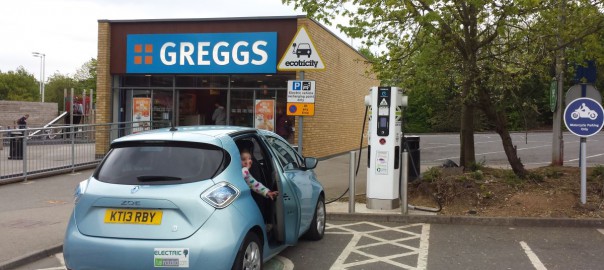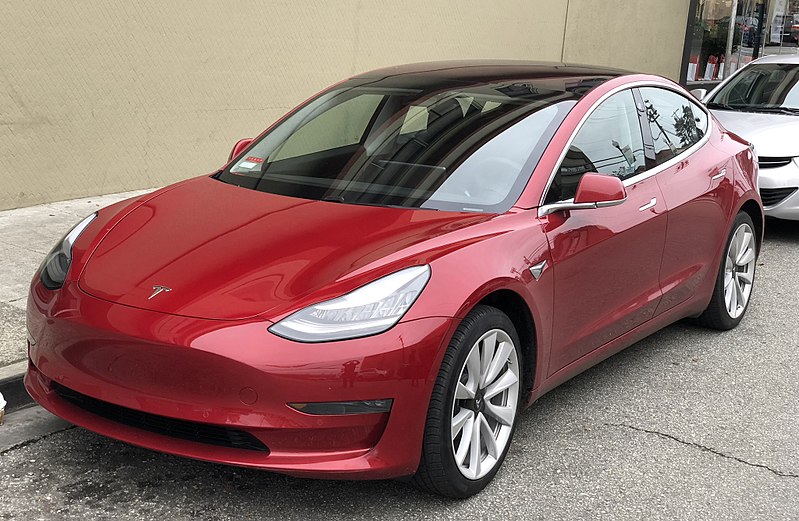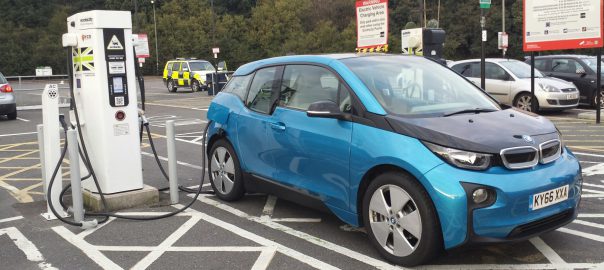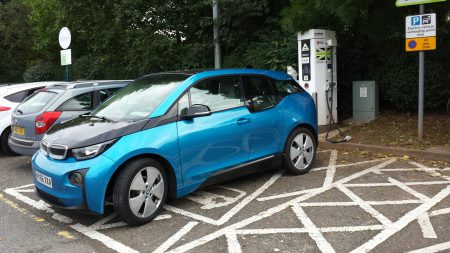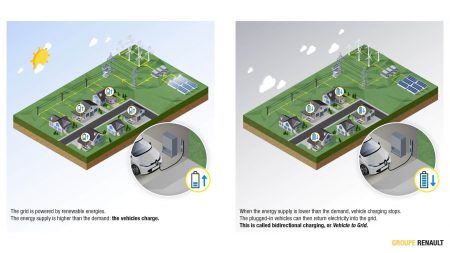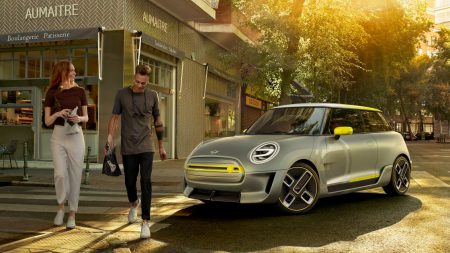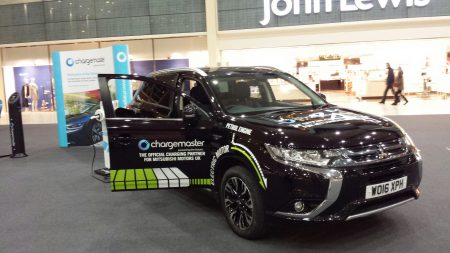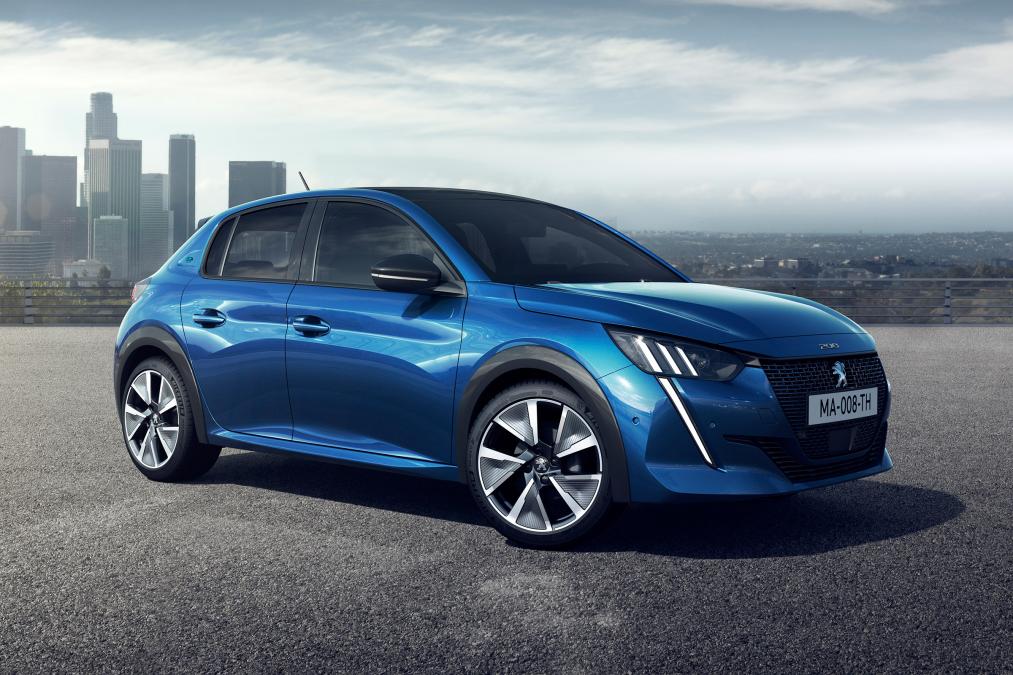High-riding electric hatchback gains the range to match other Hyundai group EVs
What is it?
This is Kia’s all-new electric Soul, now slightly larger, packed with substantially more technology and most appealingly of all, furnished with a drivetrain and battery pack that will enable it to officially travel 280 miles between charges.
If you use a 50kW charger, 80% of that range can be replenished in 75 minutes. And those numbers are sufficient to make the Soul EV viable as an everyday, all-journey car. Kia has yet to announce a price, but it will be usefully less than the e-Niro’s £36,495.
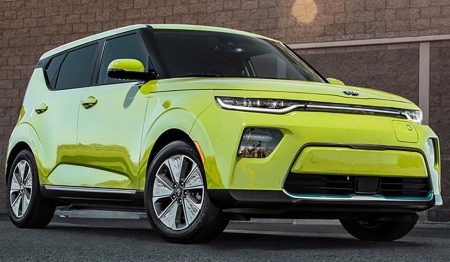
Given that car’s outstanding blend of range, performance and price, it should be no surprise that the new, second-generation version of the Kia Soul uses exactly the same electric motor, power electronics and battery systems. Kia also points out that the huge cost of developing and manufacturing this drivetrain necessitates sharing it across these three models within the Hyundai Group.
The Soul sits on a different platform, however, and one that is structurally stiffer and 30mm longer in the wheelbase than previously. The front overhang has grown by 25mm, for intriguing reasons we’ll come to, but the wheelbase stretch does at least yield another 13mm of rear legroom. The boot’s bigger as well, though not by enough to eliminate criticisms of a shortfall.
There’s plenty of extra tech, too. Adaptive cruise control and lane following afford a useful amount of autonomy in heavy traffic, there’s an extensive suite of electronic safety systems, a head-up display and various features designed to maximise the battery pack.
These include cooling and heating the 64kW battery with liquid rather than air, while a button enables you to control heat or chill only the driver’s portion of the cabin if you’re one-up and need to eke. An in-built heat pump recovers waste heat from the coolant, while driving modes that include Eco and Eco Plus help, as do four levels of brake regeneration, these altered via paddle shifts as per the e-Niro.
What’s it like?
It looks bigger and it feels more grown-up, especially inside where the cabin takes on a new level of sophistication and convenience. But the biggest difference will be in your mind, because like the e-Niro, this is an EV in which that ‘will-I-make-it’ anxiety can largely be forgotten.
The Soul’s new TFT instrument cluster displays your range in fairly big digits, and in contrast to older EVs, they tumble at a considerably slower rate, and sometimes more slowly than the rate at which miles are covered. It’s also much easier to slow the decline with careful driving.
Read more: Autocar

